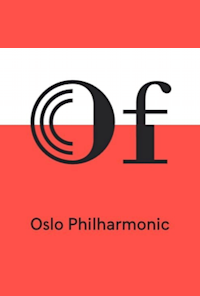Prokofiev, Mozart, Boulanger, Ravel
Share
Prokofiev, Mozart, Boulanger, Ravel by Prokofiev, Mozart, Boulanger, Ravel, From (2018/2018), Conductor Alain Altinoglu, Alain Altinoglu, Konserthus, Oslo, Norway
Select WorkSymphony No.1, Op.25 "Classical Symphony" (Sinfonia Nro 1 "Klassinen"), Prokofiev
Producer
Conductor
Ensemble
Orchestra

